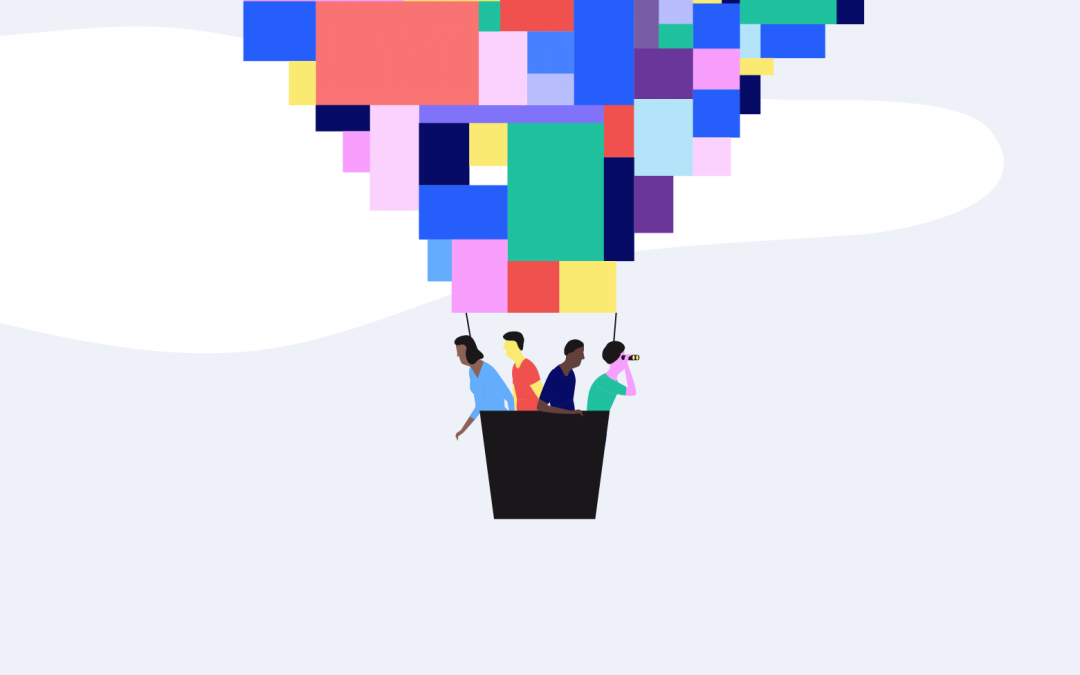Silicon Valley loves the idea of failure. In the world of tech startups, messing up is practically a religion. People wield that Samuel Beckett quote – try again, fail again, fail better – like it’s a Louisville Slugger.
As Adrian Daub writes, “People take jobs and lose them, and go on to a new job. People create products that no one likes, and go on to create another product. People back companies that get investigated by the SEC, and go on to back other companies. In Silicon Valley, it seems, there is no such thing as a negative experience.”
But the thing is, not all types of failures are treated equal. A wholesale embrace of failure misses the point. From our point of view, there’s a big difference between good failure and bad failure.
Good Failure: Ideas and Experiments
As a brand strategy and design agency, we work in the business of ideas – and ideas fail all the time. That’s kind of the point. For us, failure is a necessary means of growth. We experiment with ideas, not always as perfect options, but to gauge, measure, provoke, challenge, and enlighten. Often, our favorite ideas don’t ring true right away for the client. But the bumpy road of hiccups, near-misses, and tangents only makes the end product that much stronger.
These types of errors – pushing a visual identity too far, leading with language that’s too bold – never feel like true failures, because they are all in greater service of the work. Each failure helps define the parameters a little more. It’s our job to push the imagination and expectations of a client. As it goes, you can always reign something in. The worst thing we could hear is, “This feels a little too safe.”
In brainstorms, in pitch meetings, and in workshops you need bad ideas to help shape what’s truly good. It’s almost like negative architecture or sculpture. Sometimes you build by taking away everything that doesn’t fit.
As Steve Portigal says in his great talk, “In design and in brainstorming, deliberately seeking out bad ideas is a powerful way to unlock creativity. Generating bad ideas can reveal our assumptions about the difference between bad and good, and often seemingly bad ideas turn out to be good ones.”
Establishing a culture where you feel free to fail is key. When you’re in generation mode, you need a loose enough space for jokes, puns, bad taglines, jingles, and wacky suggestions – because often the right idea is hiding just behind your strangest impulse. It’s the classic “no idea is a bad idea” maxim. Under the right conditions, it’s absolutely true.
Bad Failure: People and Processes
Where things fall apart is when people and processes fail: toxic cultures, breakdowns in communication, not looping in the right stakeholders, not operating with enough information about your target audience, your timeline, your budget. There is nothing charming or creative about a broken project schedule, unless your goal is to create stress. On paper, these are the easiest failures to avoid – and yet they are the most devastating.
When an idea fails, you head back to the drawing board. But as Dean Brenner points out, company-wide communication failures disrupt businesses on a fundamental level. It leads to a “lack of focus, failure of purpose, lack of innovation, drop in morale, and eventually, a loss of credibility.”
Contained Chaos
The best situation is when there is a clearly articulated and defined space for failure. Think of it as contained chaos, lightening in bottle. Here is the time for us to experiment and fail – and here is the system of consolidated feedback that will keep on us on track and aligned. How different would your ideation process be if instead of being asked to present one perfect PowerPoint presentation, your assignment was to come up with 10 experiments, knowing that you had adequate time to refine?
As author Michael Chabon says, “Because I believe in failure; only failure rings true. Our greatest duty as artists and as humans is to pay attention to our failures, to break them down, study the tapes, conduct the postmortem, pore over the finds; to learn from our mistakes.”
Here’s to good failure, bad ideas, and all the mistakes in-between.
Emotive Brand is a brand strategy and design agency in Oakland, California.





